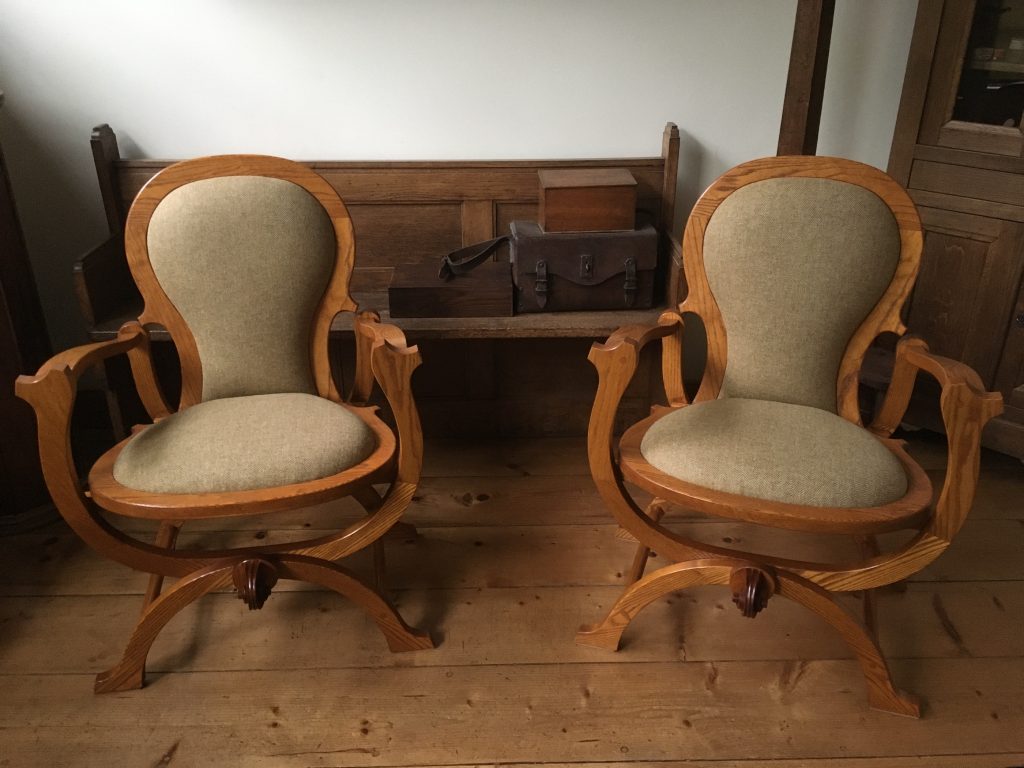Musical chairs is a game for two modern Curulic seats.
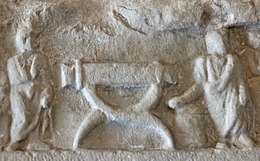
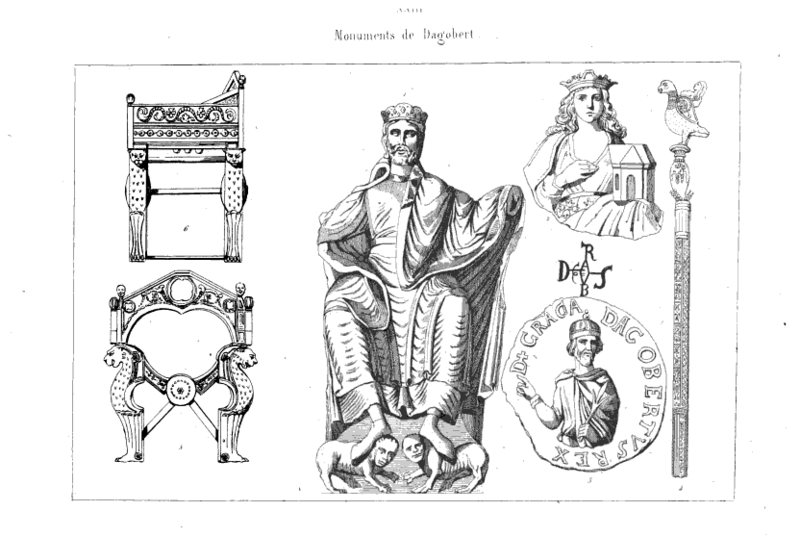
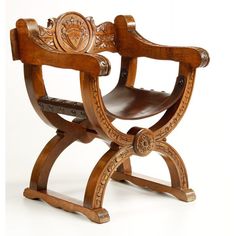
The first chairs with curved x-shaped legs appear in the Egyptian New Empire. In the Roman Empire they were called Curulic seats and reserved for magistrates.Colloquially know as Dagobert Chairs their name does not refer to a wealthy duck, but to the last Frankish King Dagobert.
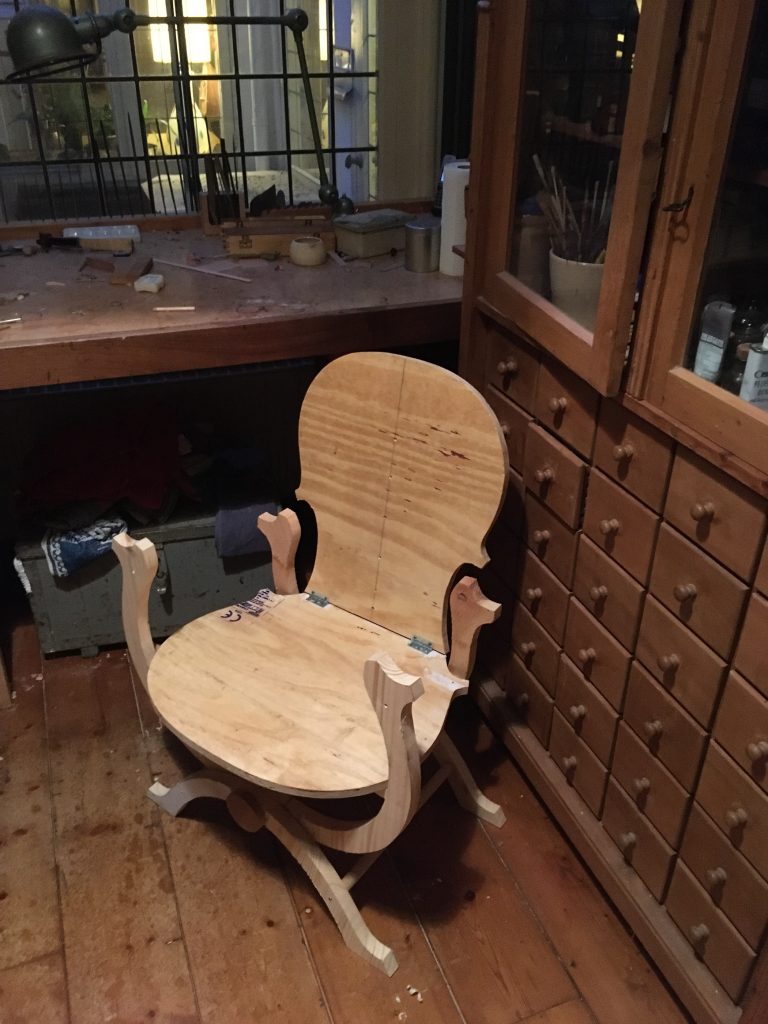
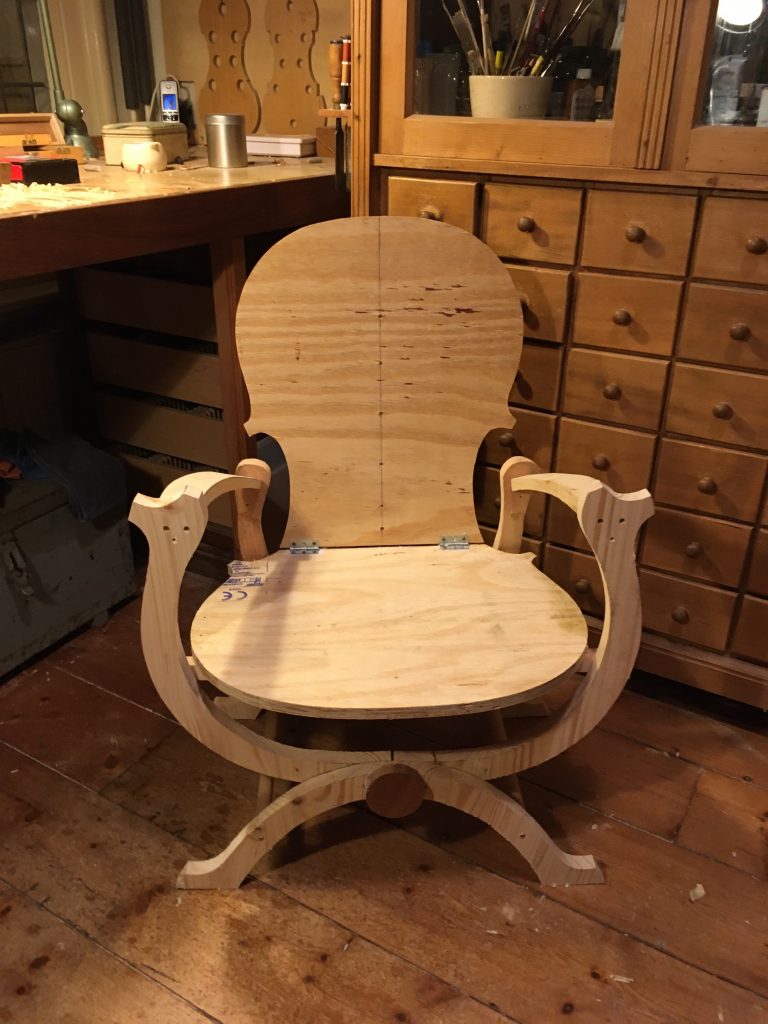
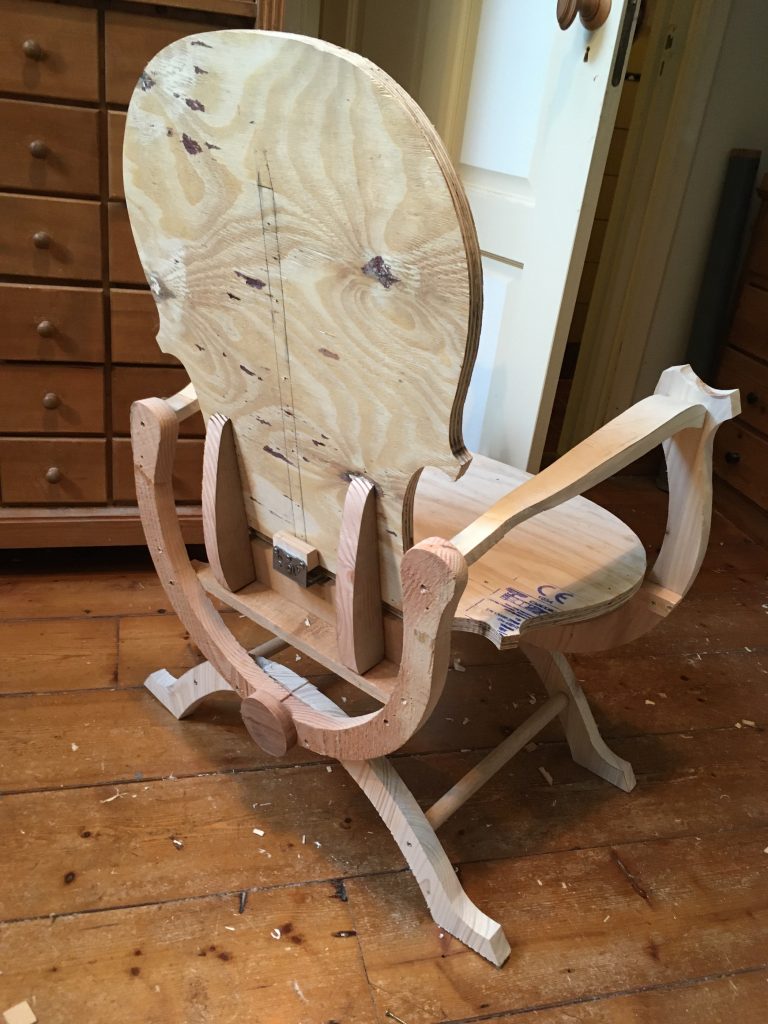
For many centuries the Curulic chairs were under constant change. The Spanish mudejar style for example introduced muslim and christian art forms, while Napoleon strived for the exact opposite and returned back to the Roman style.
Unfortunately in the mid nineteenth century Curulic Seats often became caricatures of themselves.
After a pandemic hit the Occident in 2020, the Dutch authorities did an urgent appeal to small businesses and craftsmen to show inventiveness and resilience. This lead to the birth of the Dutch Curulic Chair.
Dutch fathers of Pinocchio do not intend to tumble their noses to the authorities and a modern golden throne was donated to the top brass.
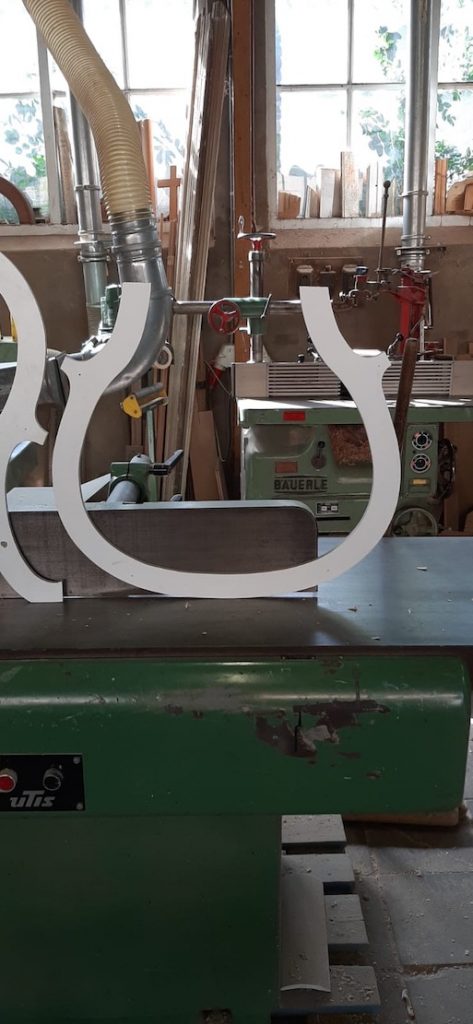
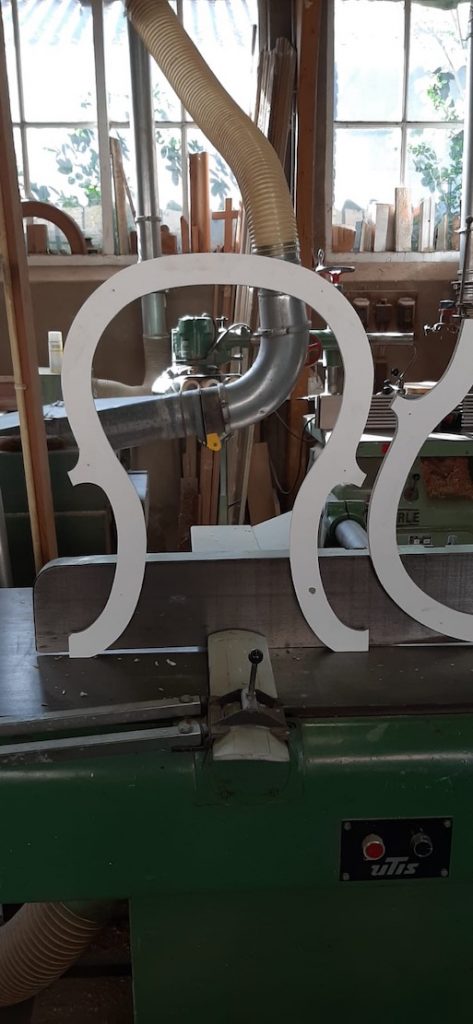

The unpolished thought principles of a small town violin maker were taking shape with the help of a cabinet making friend. Together the two of them were creating a revelation in modern Dutch furniture making.
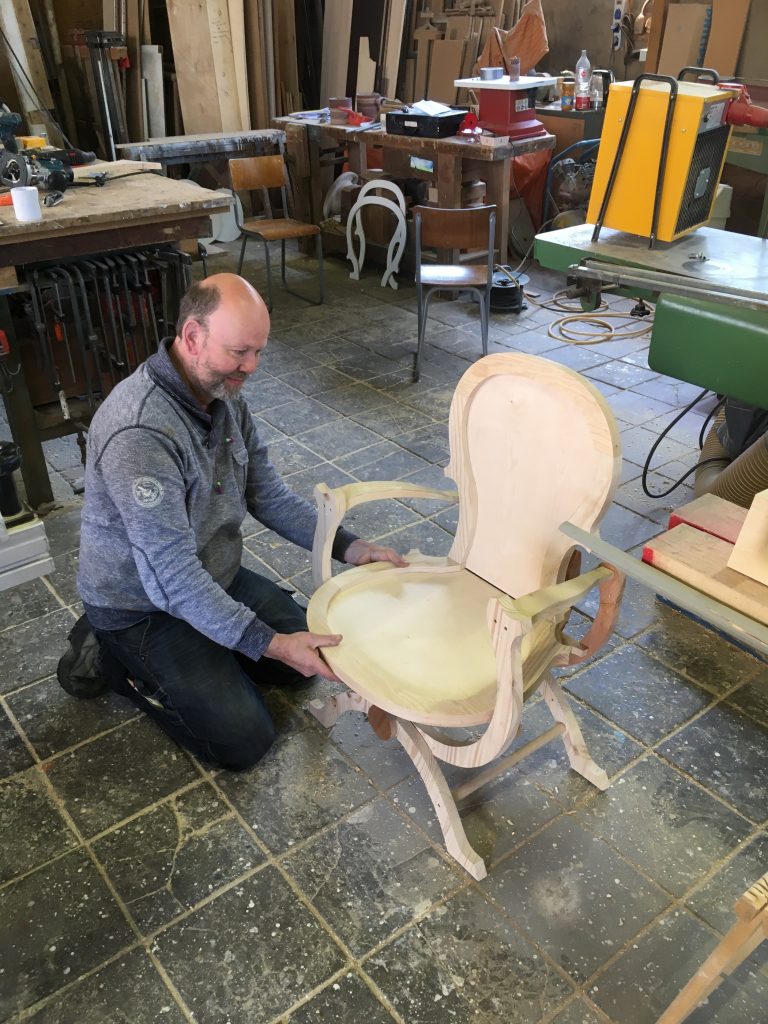
And so in times of fear and despair two humble craftsmen gave birth to the Dutch Curulic Chair.
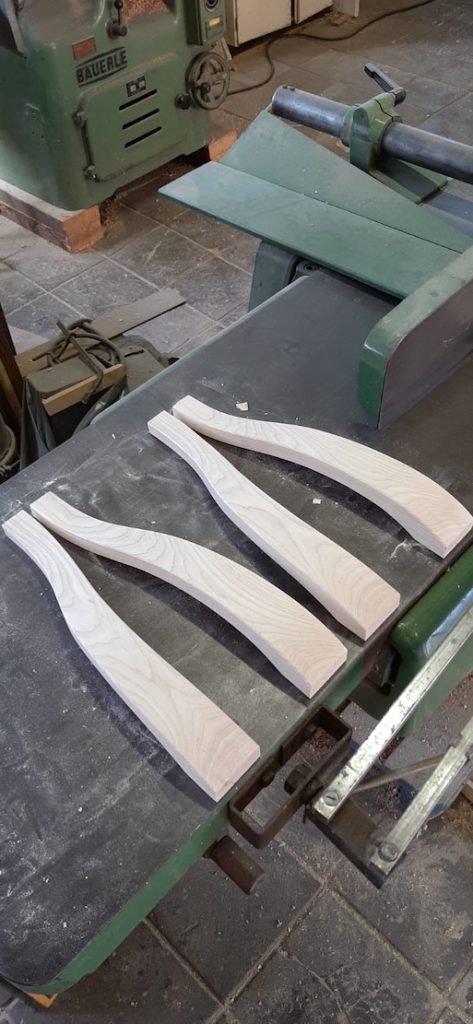
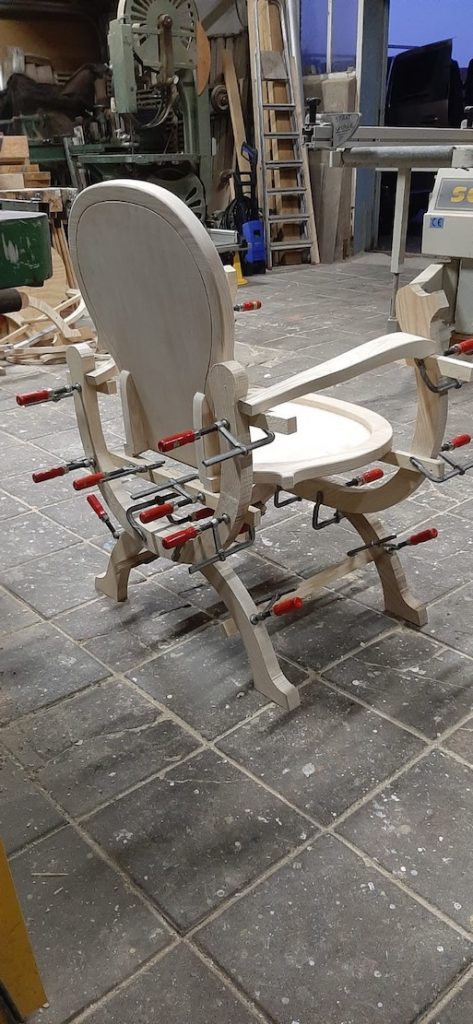
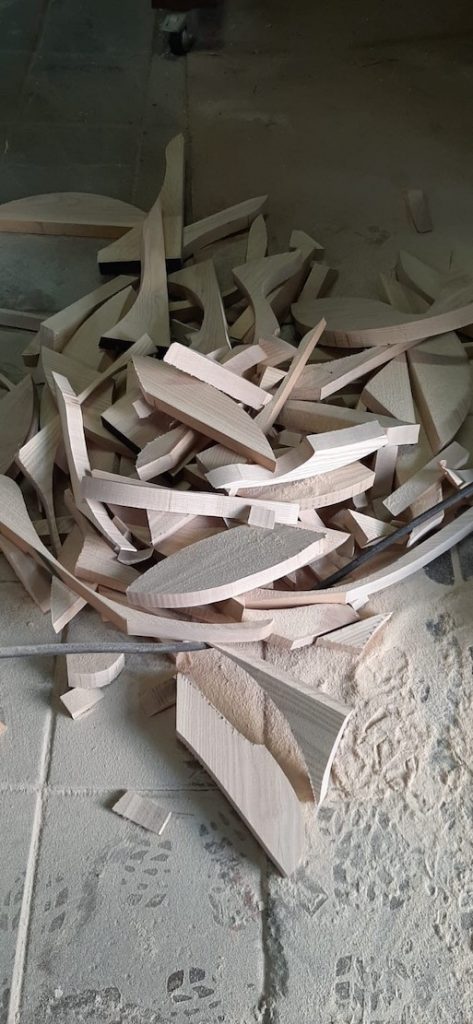
Three important factors played an eminent role in the creation of the Dutch Curulic chair.
Unprofitable manual work, in this case woodwork and weaving Harris Tweed, but first and foremost the tender wishes from a regal sleeper.
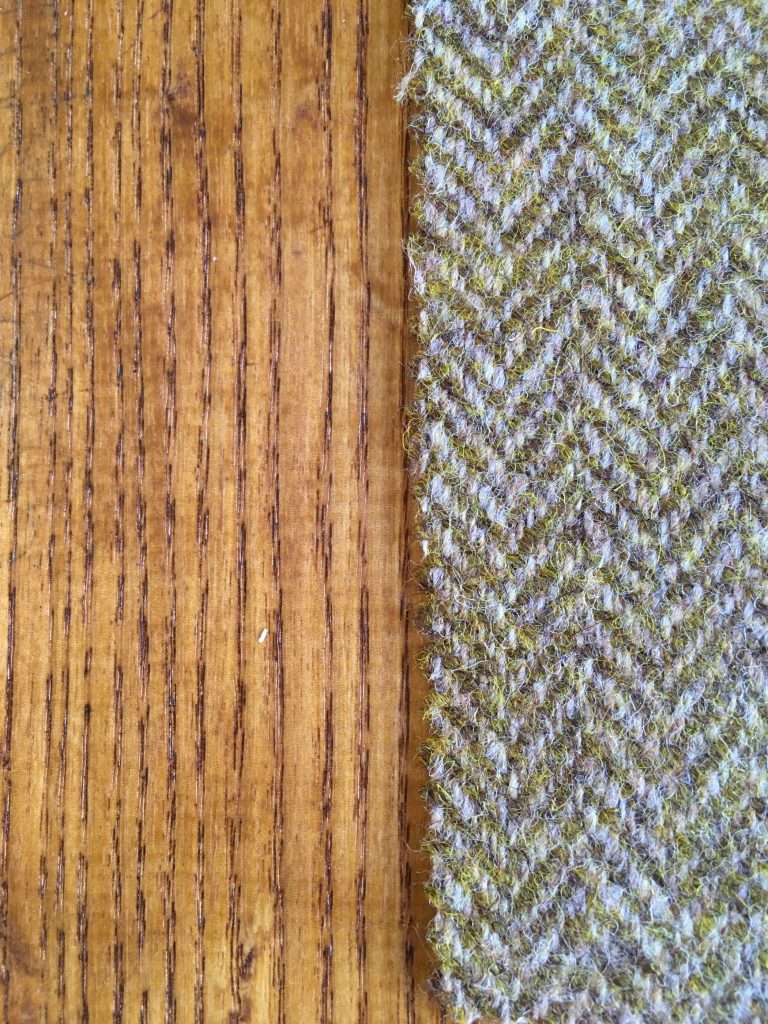
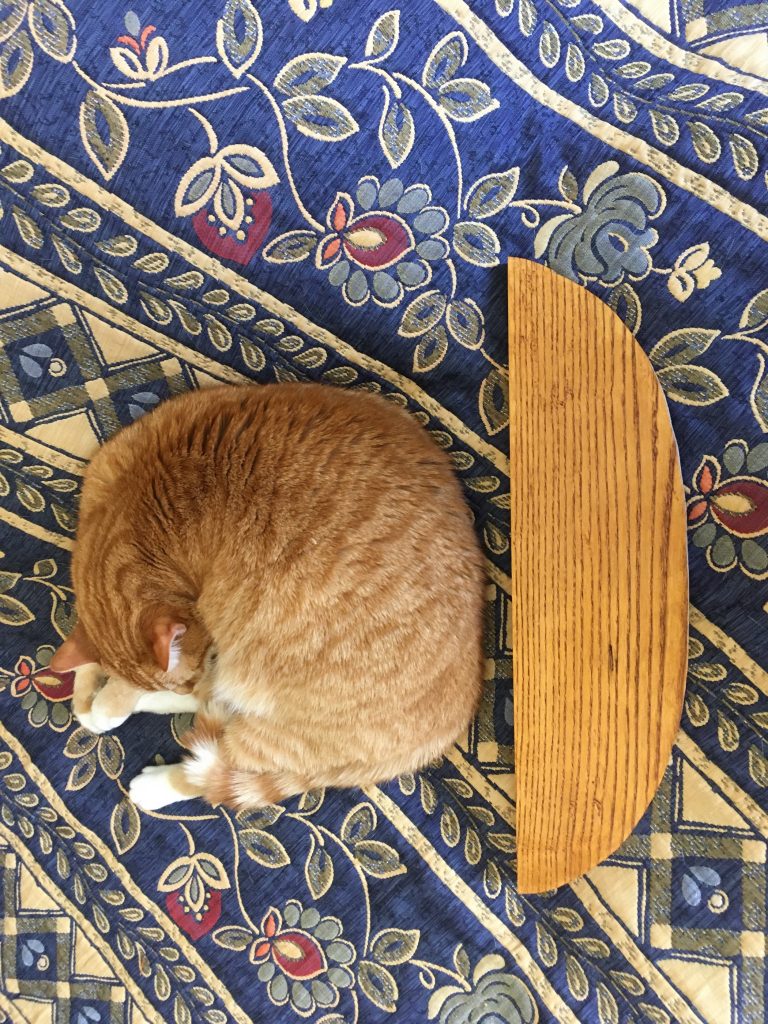
The lily-white ash wood is stained to a rich golden brown and the Harris Tweed Winter Wheat upholstery is pleasing to the eye.
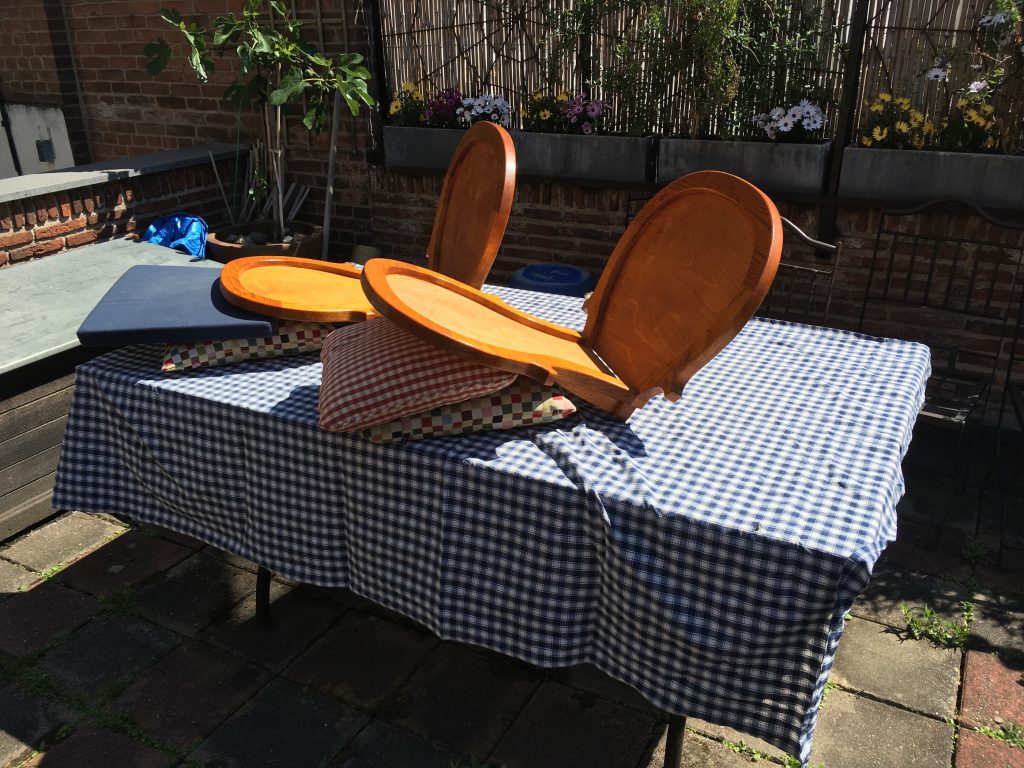
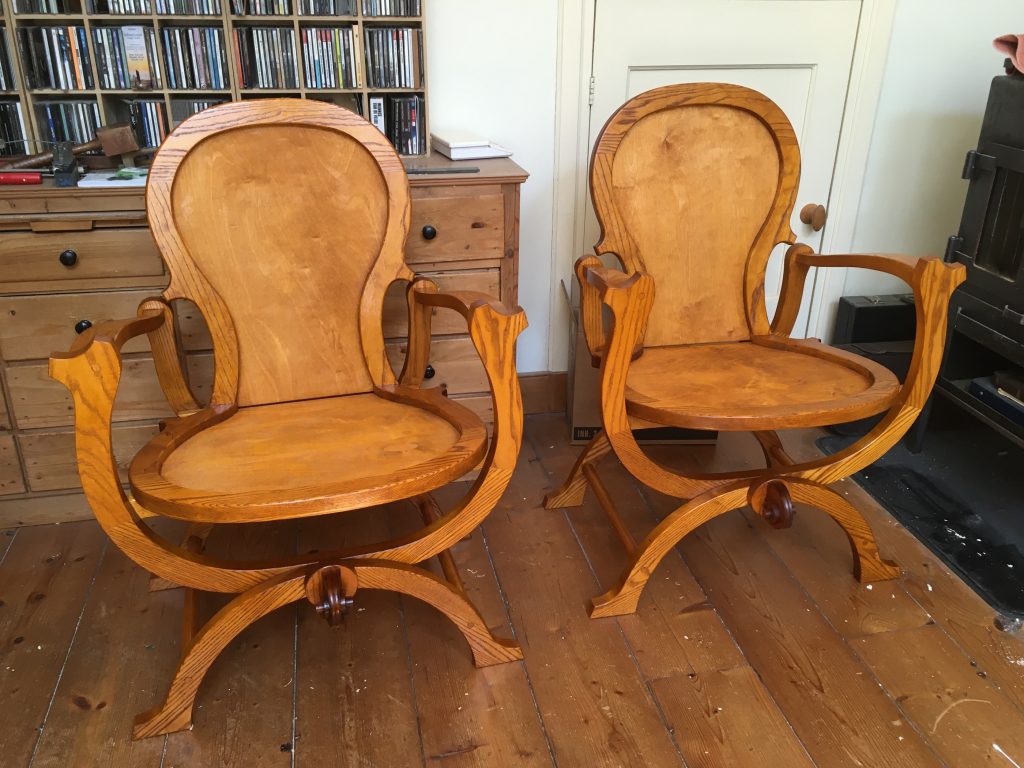
A celebrated English poet wrote many years ago:” In times of despair one should make a jolly chair, but when it would be up to you, it could be wise to make two……”
